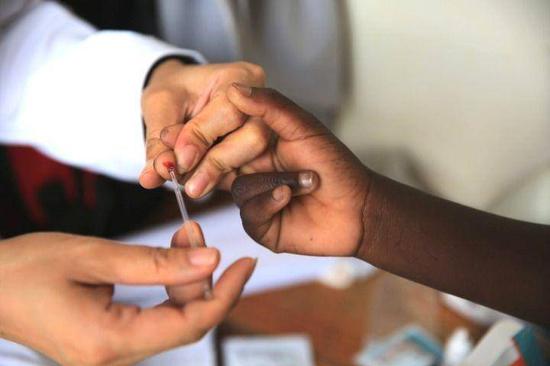The Association of French Mayors (AMF) and the Association of Township Chiefs (AMRF) jointly issued an alert that according to two simultaneous reports, the medical desertification and the difficulty of rural residents in seeking medical treatment in France are becoming more and more serious.
Séverine Salgado, director of health at the French Mutualité française, introduced the study of the agency’s cooperation with AMF, saying that the conclusion was clear that there was an imbalance in France.
The medical services of the medical service have shown a more serious polarization trend. The direct result is that 11.1% of French people (7.4 million people) lived in “medical desert” areas in 2019, compared with 8.6% (5.7 million people) in 2016.
“If we ignore it, the situation will only get worse,” Sargodo said.” There are few doctors in the countryside, and many doctors there are about to retire.
The AMF report shows that France has an average of 151 family doctors per 100,000 people, but there are wide differences between places. For example, the data in the province of Eure, south of Rouen, are far below the national average, with only 94 doctors, while the Hautes-Alpes in South France is as high as 248.
Another report was published by AMRF. According to the report, residents of French townships receive 20% less medical services than urban residents. Dominique Dhumeaux, the first vice president of the association, said that many township residents try not to see a doctor because of their distance from medical institutions, and they often go too late.
François Baroin, chairman of the AMF, said that the association had drawn up proposals to reorganize medical resources in the hope that doctors in villages and towns would have “explosive” growth.
At present, mayors and township governors do not have jurisdiction over medical services, and Bajuan hopes that the government will introduce new laws that allow local governors to fund the medical industry.
Thierry Baudet, director of mutual insurance, believes that the allocation of medical resources cannot be used in the same model throughout the country and should be differentiated according to local conditions.



